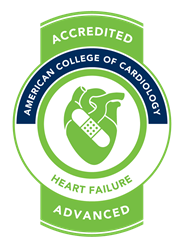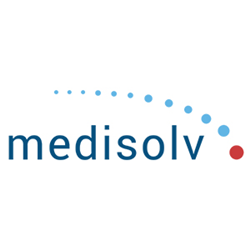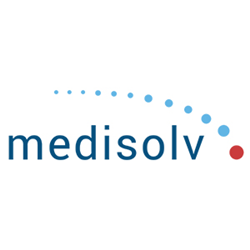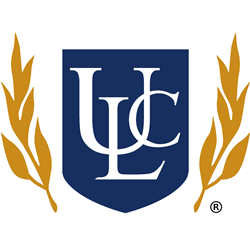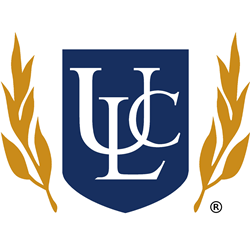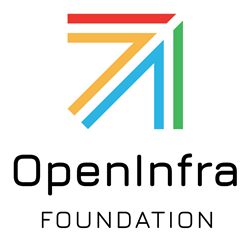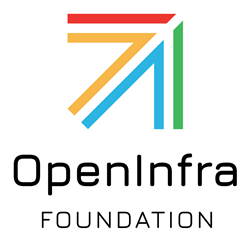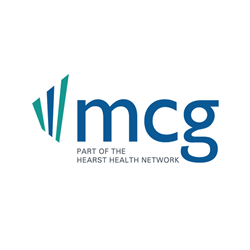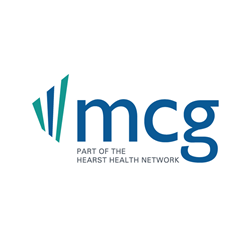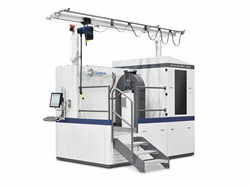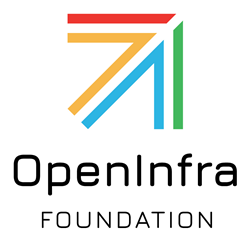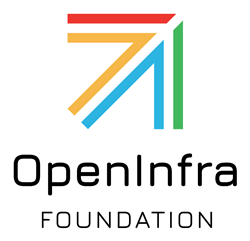[ad_1]

Memorial Regional Hospital is just the fourth facility in the United States to earn advanced accreditiation from the American College of Cardiology.
“The advanced certification wouldn’t be possible without the expertise of our physicians, team members, and the commitment to provide the highest quality patient and family-centered care to our patients.”
HOLLYWOOD, Fla. (PRWEB)
June 07, 2022
Memorial Regional Hospital recently entered elite company, becoming just the fourth hospital in the United States to earn Advanced Heart Failure Accreditation from the American College of Cardiology (ACC). The Hollywood-based facility, home to the Memorial Cardiac and Vascular Institute, exceeded an array of stringent criteria during an onsite review of the staff’s ability to evaluate, diagnose, and treat patients with heart failure.
Demonstrating its excellence through pre-hospital care, early stabilization, acute care, transitional care, clinical quality measures, and more, Memorial Regional was the only hospital in South Florida to earn the designation, joining facilities in Indiana (Lutheran Hospital), Georgia (Union General Hospital), and Tampa (AdventHealth).
“The advanced certification wouldn’t be possible without the expertise of our physicians, team members, and the commitment to provide the highest quality patient and family-centered care to our patients,” said Peter Powers, Memorial Regional Hospital CEO. “We’re proud to be recognized as the leading cardiac program in South Florida.”
There are fewer than 60 hospitals in the country that have received Heart Failure Accreditation from the ACC, with the aforementioned four the only ones from that group earning the advanced certification. Facilities must take part in a multi-faceted clinical process that involves completion of a gap analysis, examination of variances of care, development of an action plan, onsite review, and ongoing monitoring. Accredited hospitals have streamlined processes, implemented guidelines and standards, and adopted best practices that better educate patients, improve outcomes, and more effectively and efficiently control disease.
Heart failure is a chronic and progressive condition where the heart is unable to pump enough
blood to meet the body’s needs for blood and oxygen. Memorial was recognized for its evidence-based, protocol-driven, and systematic approach to managing the disease that reduces time to treatment and identifies and predicts high-risk patients while also reducing length-of-stay and hospital readmissions.
(About MRH):
Memorial Regional Hospital (MRH), the 797-bed flagship of the Memorial Healthcare System, has served patients and families since 1953. A Level 1 trauma center, its clinical expertise and advanced technology equip it to handle the most critical situations. The facility also features a wide variety of medical and surgical services, including a cardiac and vascular institute, cancer institute, neuroscience institute, family birthplace, women’s and behavioral health services. There were more than 220,000 patient encounters at MRH in fiscal year 2021.
(About ACC):
The American College of Cardiology envisions a world where innovation and knowledge optimize cardiovascular care and outcomes. As the professional home for the entire cardiovascular care team, the mission of the College and its 54,000 members is to transform cardiovascular care and to improve heart health.
Share article on social media or email:
[ad_2]

